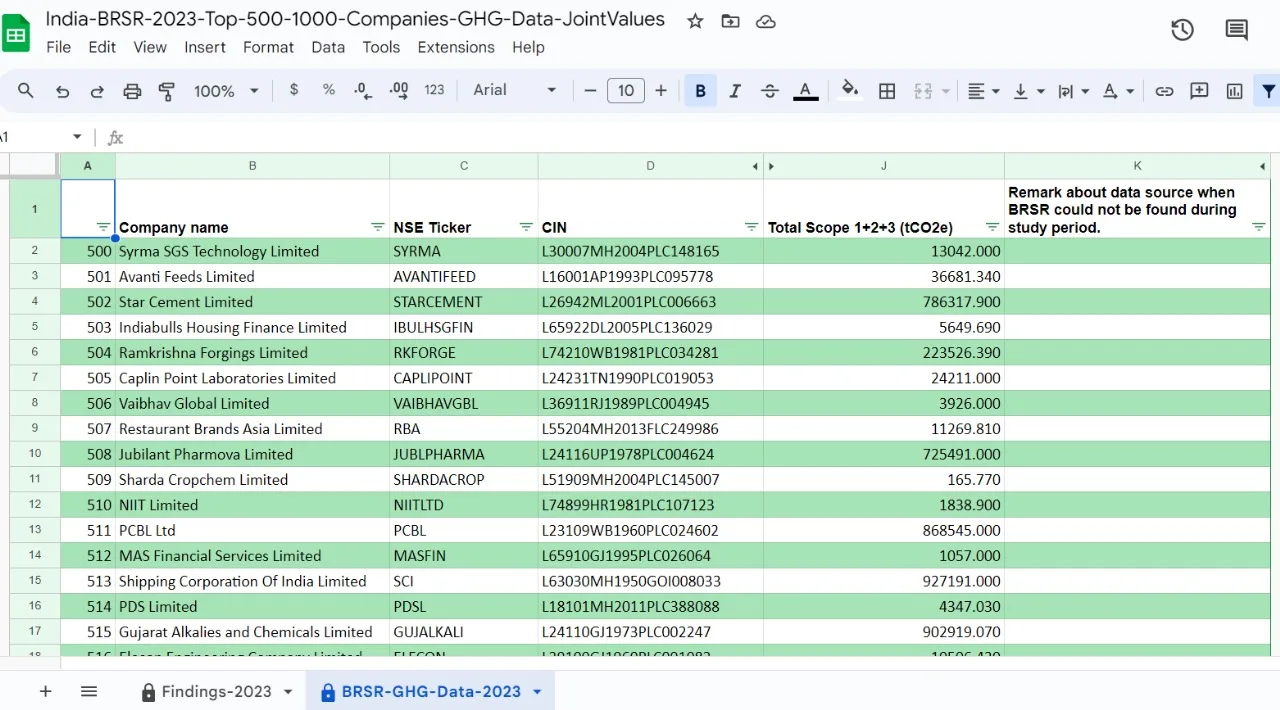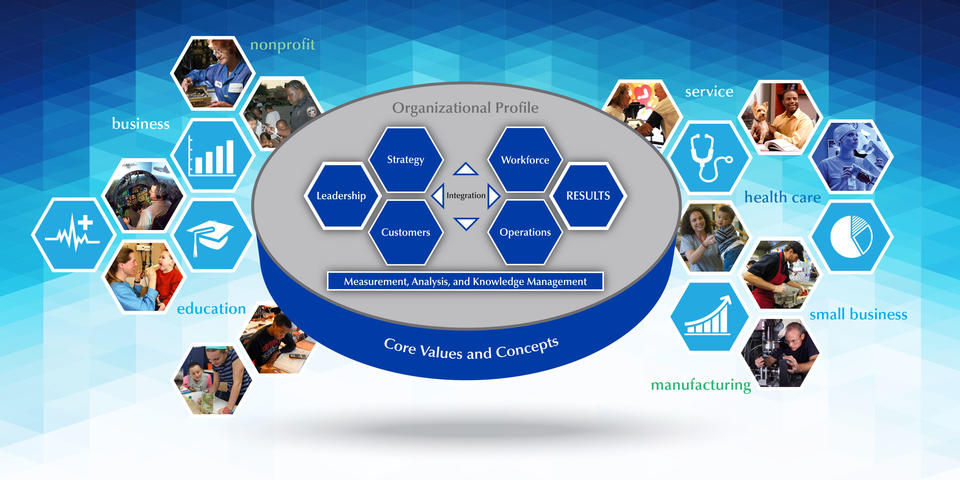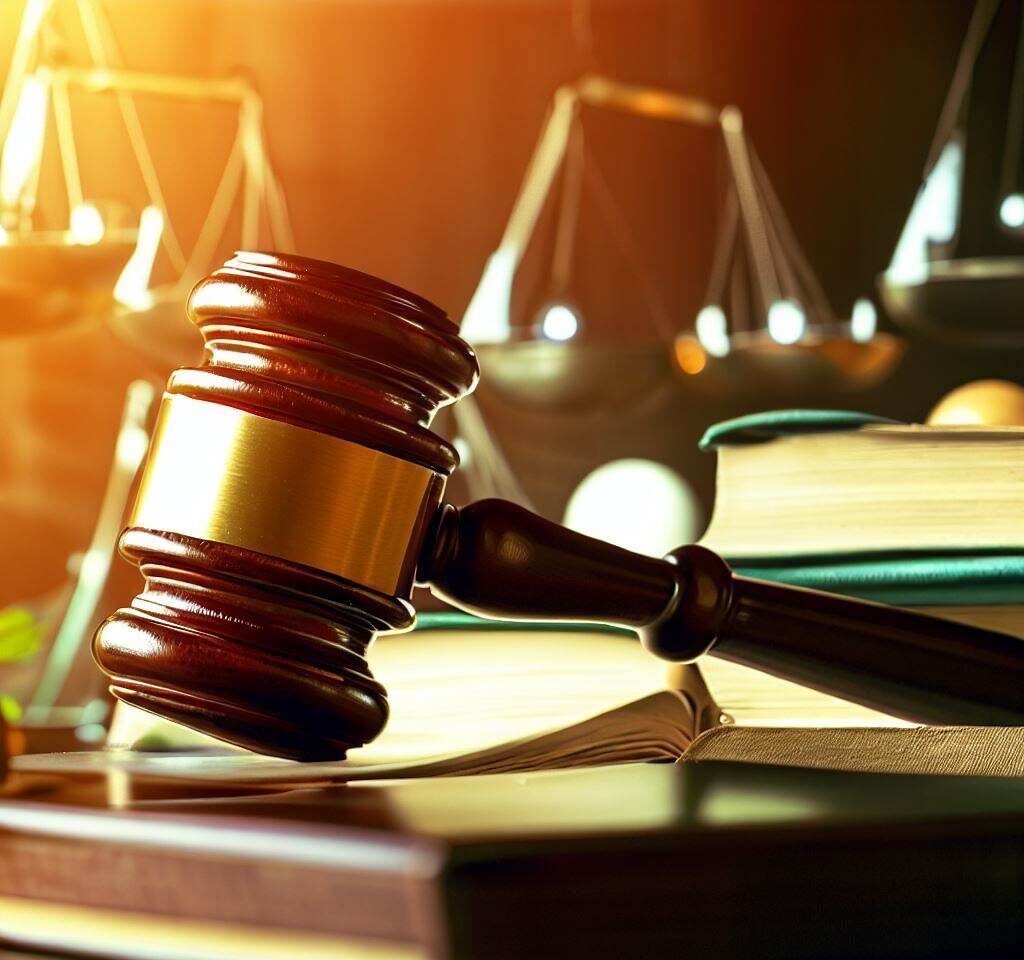
Energy Efficiency Measures for Elevators: Aligned with COP 28 Commitments
ABSTRACT
The 2023 United Nations Climate Change Conference (COP28) delivered potent messages. It emphasised the urgent need to peak greenhouse gas emissions and reduce them by at least 43% by 2030 and 60% by 2035. Moreover, under the COP28 Presidency’s Global Renewables and Energy Efficiency Pledge, 123 countries emphasised the need to double the global average annual rate of energy efficiency improvements from around 2% to over 4% every year until 2030. This applies to all sectors globally, including vertical transportation.
Urbanisation around the world is growing rapidly, with already more than half of the global population living in cities. The rapid growth in urban population requires structures to grow vertically, offering several benefits such as optimisation of land usage, short commuting distances, sharing amenities, and community living.
Key enablers of vertical living are the means of vertical transportation, which are essentially elevators and escalators. Although the energy consumed by this equipment makes up less than 10% of the building’s total energy consumption, this ratio changes in light of other major consumers, such as Heating, Ventilation, and Air-Conditioning (HVAC) systems working aggressively to reduce energy consumption. It is apt for elevator and escalator products to continually reduce their energy footprint and contribute to the COP28 goals.
SUSTAINABILITY IN ELEVATORS
This article explores opportunities for elevator products to apply Machine Learning (ML), Artificial Intelligence (AI), and eco-friendly technologies towards reducing energy consumption and harvesting energy during operations. It also touches upon future opportunities to improve the performance and features of elevator systems.
ML-assisted Regenerative Drives
Drives and Machines are the largest consumers of energy in elevator systems. Fortunately, these components need not just consume energy but can also generate it by harvesting gravity when conditions are favourable. The phenomenon can be attributed to four different Quadrants, as depicted below. Q1 represents an elevator moving up with a passenger load (payload) over 50% of rated capacity, while Q2 represents an elevator moving down with a payload over 50% of rated capacity. Similarly, Q3 represents an elevator moving down with a payload less than 50% of rated capacity, and Q4 represents an elevator moving up with a payload less than 50% of rated capacity.
During Q1 and Q3, the elevator system operates against gravity and consumes electricity. Conversely, during Q2 and Q4, gravity favours the elevator system; hence, it can generate electricity. Both the consumption and generation patterns vary gradually across the payload conditions of 0% to 50% or 50% to 100% as applicable.
To minimise electricity consumption, the system should operate towards the left edge of Q1 or the right edge of Q3. Similarly, to maximise electricity generation, the system should operate towards the right edge of Q2 or the left edge of Q4.
Machine learning and Artificial intelligence are useful in optimising the dispatching algorithms to maximise re-generation and minimise consumption. This involves grouping passengers with respect to travel direction and destinations, parking idle cars at appropriate locations, and power saving mode for lights and fans during the absence of passengers. More advanced algorithms also take into account the speed and number of stops.
Regenerative Braking
Elevator systems use brakes to hold stationary cars at the landings or stop cars in emergencies. There exists an opportunity to harvest the potential energy or energy generated by friction, which conventionally gets wasted in the form of heat. Regenerative braking improves overall efficiency and lowers the intake of electric power.
Power Factor Monitoring and Correction
The Power factor reflects the electrical efficiency of the elevator system in terms of productive usage of energy against the total intake of energy. The typical power factor of elevator machines ranges between 70 and 90 percent, implying that 10 to 30 percent of electrical energy is wasted. Even though the energy meters may or may not measure such wasted energy, the waste impacts the sustainability of the overall ecosystem.
Advanced three-phase measurement systems enable timely detection of poor power factor and can activate auto-correction mechanisms such as servo-switched capacitor banks.
Low Voltage Architecture
Power consumed by electrical circuits is proportional to the square of applied voltage. Thus, a lower operating voltage offers a significant reduction in power consumption. Semiconductor devices that operate at 5 volts continue to lower their voltage requirement, with operating voltages of 1.8 volts now being common. This contributes to the lowering of overall energy intake by the elevator system.
Predictive Maintenance Amid Extreme Usage Conditions
Elevator performance is subjected to boundary conditions while operating at full load. Not as much at over-load, wherein the car remains stationary, and brakes are mostly subject to wear and tear. Another boundary condition case is express zones, wherein the elevator travels non-stop at the highest rated speed through several floors to scale up or down the altitude at high-rise or sky-scrapper buildings.
The extreme operating conditions coupled with ageing-related wear and tear can lead to a number of potential anomalies. For example,
- Rope stretching or elongation can lead to levelling errors, which refer to a mismatch between the car floor and the landing floor; this causes inconvenience to passengers and especially to wheelchairs, trolleys, and robots.
- Rope slip that can cause loss of traction, thus impacting the efficiency of the electromechanical system
- Vibration or jerk that is vertical or horizontal, accompanied with audible noise; these anomalies directly impact the ride comfort of passengers
- Rise in machine temperature impacts the useful life of the machines. If it exceeds tolerance limits, that potentially indicates a lack of enough ventilation in the machine room
- Passenger boarding or de-boarding times, as measured through door open duration, including manual re-open events, indicate probable obstruction, spillage/seepage, or uneven surface in front of the elevator.
Machine Learning and Artificial Intelligence can detect the above conditions and provide predictive alerts enriched with specific information or insights, minimising maintenance visits and making them effective.
Auto-Inspection of Shaft
The car exteriors at the top and bottom are fitted with thermal and optical cameras and sonic or ultrasonic sensors that conduct periodic self-inspection of the elevator shaft. This avoids the need for manual visits or drone-assisted inspections. Elevators can perform inspection runs during non-peak hours, wherein the car moves slowly across the shaft and collects data from the sensors. The system then analyses the data locally, and any maintenance team alerts are initiated.
Dealing with Pseudo Calls using AI
Elevator systems often face pseudo calls that get placed by passengers knowingly or unknowingly. Given there are 325 Million elevator rides per day globally, even a good accuracy of 3 Sigma, that is 99.3%, leaves a possibility of millions of pseudo elevator calls per day. There are two categories depending upon the location of such call placed:
Pseudo Hall Calls: Typically occur at lobbies above the Ground level, where two call buttons exist, that is Up and Down. Passengers may inadvertently hit a button in the opposite direction of desired travel.
Since most systems have no call cancel feature, passengers need to create another call in the desired direction. Eventually, two lifts arrive on the floor, answering both calls, and one of the lifts remains unused. Artificial intelligence has an important role here in identifying pseudo-hall calls with reasonable accuracy using historical data and sensors. The system can then ignore the pseudo call and save on electricity consumption associated with answering such calls.
Pseudo Car Calls: This occurs inside the car when a passenger hits additional or other call buttons than the destination floor. The system may not offer a call cancel feature, or passengers may be unaware of it; thus, the elevator is forced to answer the pseudo calls to such additional destination/s. Machine learning, along with sensors, helps to identify pseudo-car calls, which the system can then ignore and save on associated electricity consumption.
Prediction or Adaption with Building Traffic Pattern
Elevator systems are designed one time to suit the intended future traffic pattern of a building, such as residential, commercial, office, mixed-use, school, hospital, hotel, warehouse, etc. Subsequently, over the years, the traffic pattern may undergo changes; for example, a nursery school started inside a residential, or a logistics function started inside an office building. Mis-match of traffic patterns degrades the efficiency of the elevator system.
With the advent of learning algorithms coupled with sensors and reusable non-volatile storage such as flash memories, elevator systems can detect changes in traffic patterns or demand situations and also account for other dimensions such as time of the day or day of the week. The system can then optimize or tailor the dispatching and parking algorithms to minimize waiting time, travel time, and energy consumption.
Co-Travel with Robots
The use of service delivery robots is becoming common across establishments such as large hotels. It is in the interest of sustainability that humans and robots share elevator cars, thus avoiding separate elevator trips. This requires robots to use appropriate or designated locations within the car, for example, away from the handrails. Also, the robot needs to be tamper-proof and have a secured user interface. At the destination floor, the robot can let humans alight first while holding the doors open and subsequently alight itself. The elevator system can share information with a robot in advance if or how many passengers are destined for the floor.
CONCLUSION
The above-suggested innovative measures can help to accomplish COP28’s goals in elevator products. Several other possibilities exist to leverage enhanced technologies in the fields of material science, semiconductors, batteries, remote sensing, and intervention to reduce the energy footprint of elevator systems continually.
REFERENCES
“Takeaway from UAE Consensus: Global Stocktake Signals Climate Commitment”, ESG BROADCAST, Praveen Anant; 13 December 2023
“HVAC innovations for energy efficiency”, THERMAL CONTROL BUSINESS UPDATE, TCBU Editorial; 14 August 2023
“UNDERSTANDING ELEVATOR TECHNOLOGY, WITH FOCUS ON ELECTRIC TRACTION LIFTS”, Xpress Publishing, Prasad Dandapani; 17 October 2020
“Vertical Transportation Design and Traffic Calculations – Part Seven”, Electrical Knowhow; May 2019
“Defects per million opportunities (DPMO)”, Quality Gurus; 11 May 2019
“Interesting Facts You Might Not Know About Elevators”, Connections elevator, Todd Schwartz; 22 November, 2017
“The Biggest Mistakes People Make While Solving A Problem”, benchmark 6ix sigma, Vishwadeep Khatri; 22 April 2014
US5767461A, “Elevator Group Supervisory Control System”, Masami Nakagawa et al; 1995
Disclaimer: The views expressed in this article are solely those of the author and do not necessarily reflect the opinions of JointValues. The author takes full responsibility for the content presented, and JointValues shall not be held accountable for any statements made in the article.









